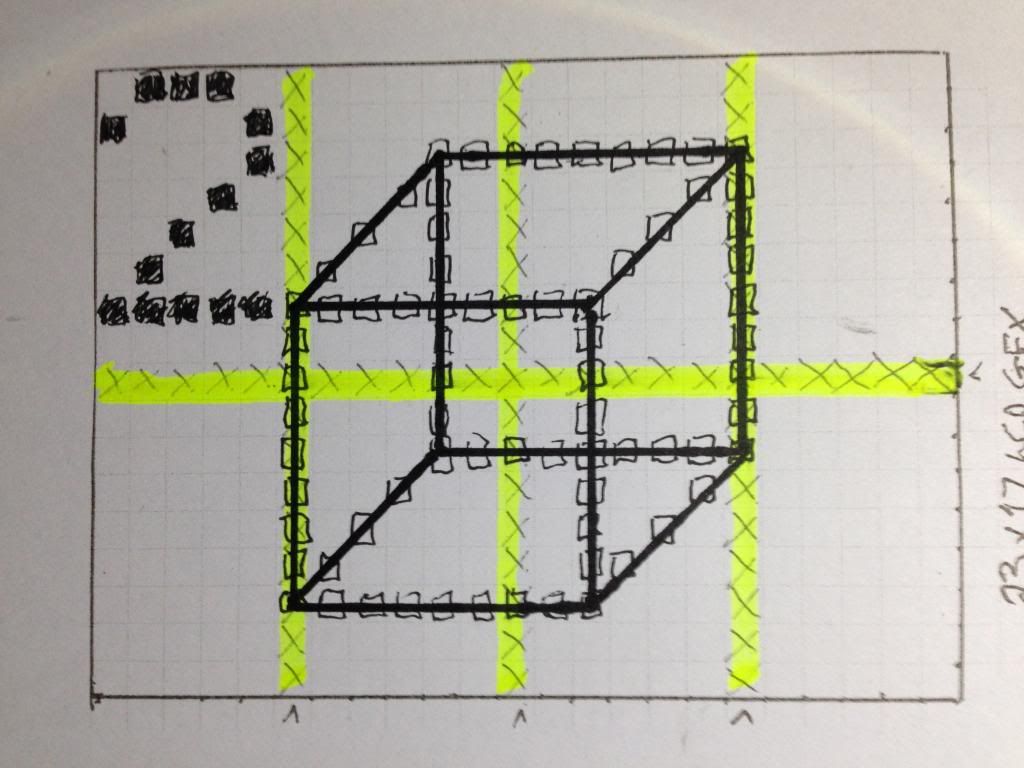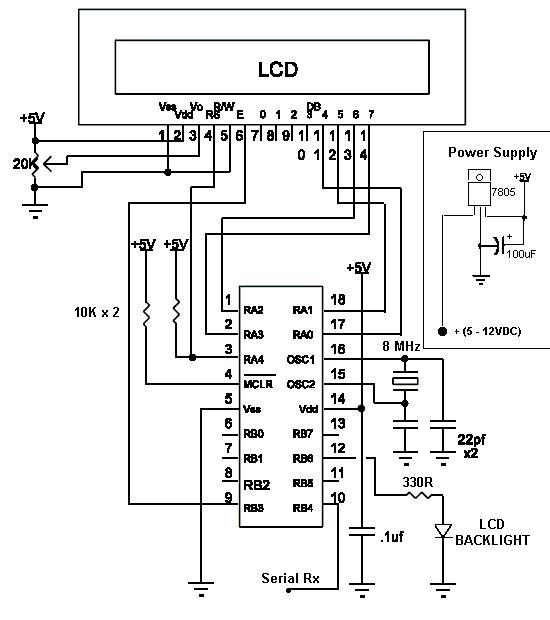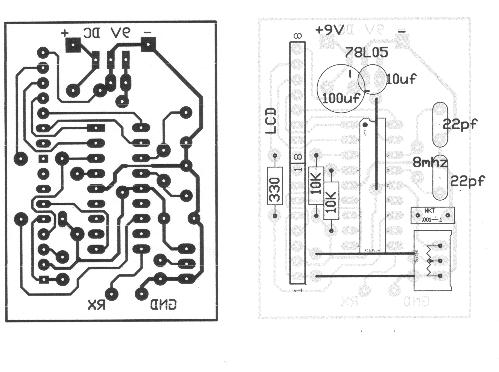Thanks Guys,
I am having some trouble with diagonal lines and circles.
When you use a real gfx display with PBP, is it usually the display that
handles the lines and circles, or is it done in PBP?
I'm finding the algorithms are usually in C, and all seem to want to look
for values below zero (signed integer variables), where one of these
variables would wrap back to 0xFF if you decremented from zero using PBP
For the only diagonal lines in the video, I was able to do a trick and
check a value is above #128, pretending that value is zero.
This is so far only working if the destination point of the line has higher
x and y coordinates than the start point..
(ie. I can draw a line at any angle from x-0,y-0, to anywhere).
Here is the difference in the code.
Code:
x0 = 3 : y0 = 3
x1 = 21 : y1 = 11
gosub drawline
Code:
drawline:
stepx = 0
stepy = 0
frac = 0
'a line is x0,y0 to x1,y1.
dy = y1 - y0
dx = x1 - x0
IF dy > 128 THEN
dy = dy - 1
stepy = stepy - 1
ELSE
stepy = 1
ENDIF
IF dx > 128 THEN
dx = dx - 1
stepx = stepx - 1
ELSE
stepx = 1
ENDIF
dy = dy << 1
dx = dx << 1
'draw pixel
px = x0 : py = y0
gosub setpixel
IF (dx > dy || dx > 128) THEN
frac = dy - (dx >> 1)
WHILE x0 != x1
IF (frac < 128) THEN
y0 = y0 + stepy
frac = frac - dx
ENDIF
x0 = x0 + stepx
frac = frac + dy
'draw pixel
px = x0 : py = y0
gosub setpixel
WEND
ELSE
frac = dx - (dy >> 1)
WHILE y0 != y1
IF (frac < 128) THEN
x0 = x0 + stepx
frac = frac - dy
ENDIF
y0 = y0 + stepy
frac = frac + dx
'draw pixel
px = x0 : py = y0
gosub setpixel
WEND
ENDIF
return
... and the original C
Code:
static void drawLine(int x0, int y0, int x1, int y1, int color, Color* destination, int width)
{
int dy = y1 - y0;
int dx = x1 - x0;
int stepx, stepy;
if (dy < 0) { dy = -dy; stepy = -width; } else { stepy = width; }
if (dx < 0) { dx = -dx; stepx = -1; } else { stepx = 1; }
dy <<= 1;
dx <<= 1;
y0 *= width;
y1 *= width;
destination[x0+y0] = color;
if (dx > dy) {
int fraction = dy - (dx >> 1);
while (x0 != x1) {
if (fraction >= 0) {
y0 += stepy;
fraction -= dx;
}
x0 += stepx;
fraction += dy;
destination[x0+y0] = color;
}
} else {
int fraction = dx - (dy >> 1);
while (y0 != y1) {
if (fraction >= 0) {
x0 += stepx;
fraction -= dy;
}
y0 += stepy;
fraction += dx;
destination[x0+y0] = color;
}
}
}
I wonder what of the C compilers that are for 16F pics.
Maybe they don't do signed integers either?
If I could compile the original C source in a pic C compiler,
and then disassemble it, I could have the result in RISC asm.




















Bookmarks